Introduction: How to order proof of income online safely
By: FinancialDocsProvider Editorial Team • Published: August 2025
Last updated: August 2025
If you need to order proof of income online for a loan, lease, or verification, the most important thing is compliance. Lenders, property managers, and underwriters care about clarity, consistency, and authenticity. Our role is simple: we organize, format, and package your existing, truthful information so it’s easy to read and verify—never to alter facts.
At FinancialDocsProvider.com, we help employed and self‑employed applicants in the US, UK, and Canada present their finances clearly. We improve legibility, merge files, fix exports, redact sensitive PII when appropriate, and prepare lender‑friendly PDFs and packets. We do not fabricate or change amounts, dates, employers, account numbers, or tax data.
Related Entities & Terms
- W‑2, 1099‑NEC/1099‑MISC (US)
- Pay stubs / payslips; P60, SA302 (UK)
- T4/T4A, T1 General, Notice of Assessment (NOA) (Canada)
- Bank statements; YTD earnings; gross vs. net pay
- IRS (US), HMRC & GOV.UK (UK), CRA & FCAC (Canada)
- Underwriting; income verification; KYC/AML context
- Employment verification letters (EVL)
- Profit & loss (P&L), income statements, ledgers
- Tax return transcripts; lender conditions; stipulations
- Credit bureaus: Equifax, Experian, TransUnion
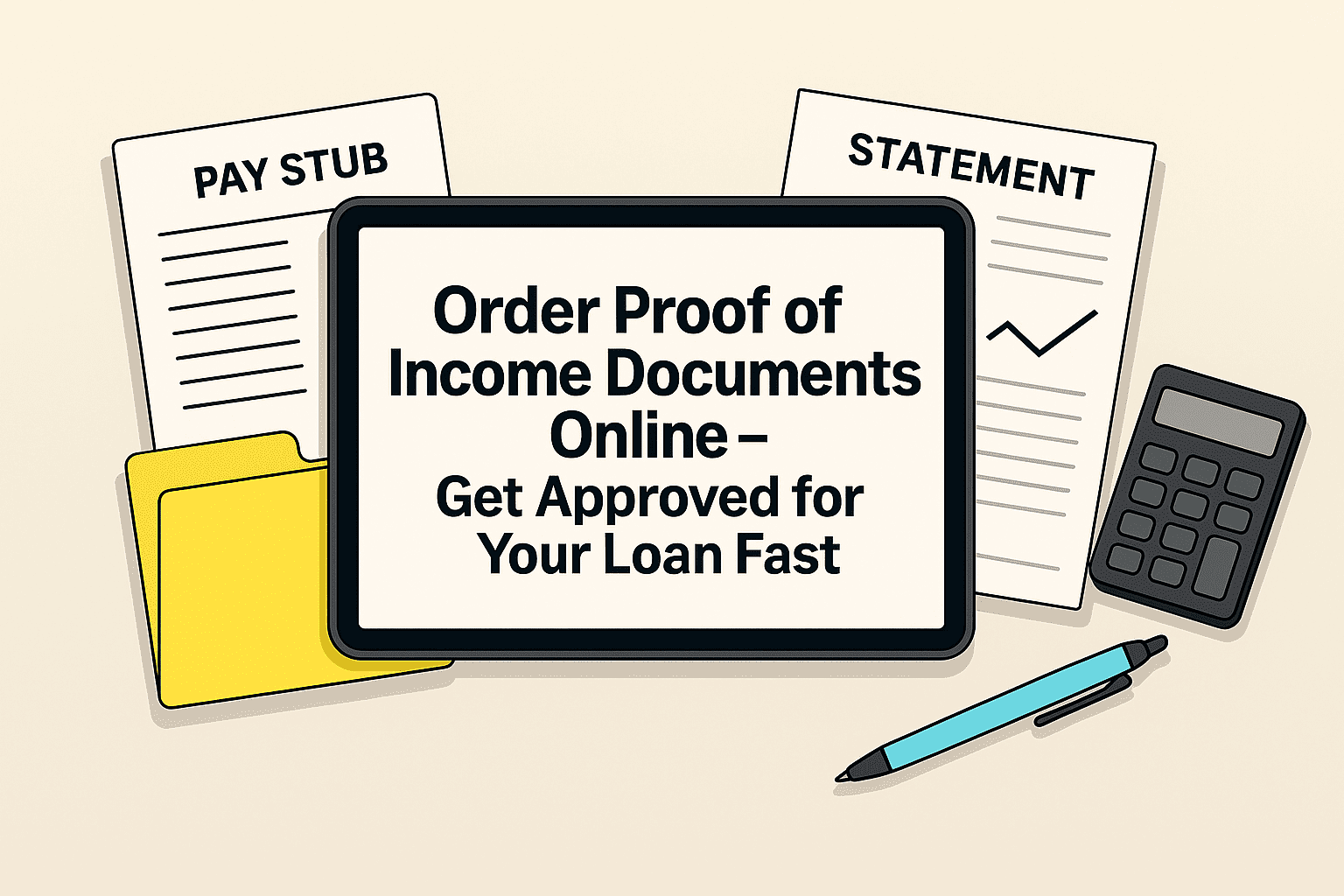
Legality basics: formatting vs. falsification (US/UK/CA)
Across the US, UK, and Canada, the line is clear: improving presentation is lawful; changing facts may be fraud. Formatting helps reviewers read and match your documents to your application. Falsification misrepresents reality and can lead to denied applications, blacklisting, or legal penalties.
United States: what reviewers expect
US lenders and property managers typically request recent pay stubs, W‑2s or 1099s, bank statements, and sometimes IRS tax return transcripts for verification. You can request your transcript directly from the IRS’s official portal (see the IRS Get Transcript service). We can package your existing pay stubs, employment letters, and statements into a clean, searchable PDF without altering the underlying facts.
United Kingdom: payslips & SA302s
UK underwriters often ask for three months of payslips and a P60, or for self‑assessment evidence like an SA302 tax calculation and a Tax Year Overview. HMRC guidance on SA302s is published on GOV.UK. Our role is to ensure your documents are legible, consistently labeled, and packaged clearly—never to alter reported income.
Canada: NOA and proof of income
Canadian lenders may ask for recent T4/T4A slips, pay statements, bank statements, and a CRA Notice of Assessment (NOA). For consumer guidance, see the Government of Canada’s Financial Consumer Agency (FCAC). We can combine NOAs, T1 Generals, and bank statements into one indexed PDF so an underwriter can verify faster.
Bottom line: We edit for clarity and completeness, not to change your story. Always submit truthful, verifiable information.
What edits are allowed
Allowed edits focus on readability, privacy, and packaging. These make it easier for a reviewer to confirm what’s already true in your records.
Selective redaction (when appropriate)
- Masking bank account numbers to last 4 digits while keeping names, dates, and balances visible.
- Hiding non‑essential transactions (e.g., gift notes) when a lender only requires deposit/earnings details—never hide required items.
- Removing SSN or SIN from document surfaces if the reviewer will verify through a secure form instead.
Readability & export fixes
- Re‑exporting wonky payroll PDFs with broken fonts into crisp, searchable PDFs.
- Correcting page order, rotation, or crops so totals and signatures aren’t cut off.
- Adding missing page numbers, bookmarks, and labeled dividers (e.g., “Pay Stubs – Jan–Mar”).
Annotations & cross‑references
- Sticky‑note style callouts pointing from pay‑stub totals to bank deposits.
- A short cover sheet that lists each document, date range, and what the reviewer should check.
- Highlighting relevant sections without obscuring original text.
Mini‑scenarios
Scenario 1 — Employed borrower: Your payroll system prints pay stubs in low resolution. We re‑export them, add bookmarks, and insert a simple reconciliation table that points to matching bank deposits. No numbers changed—only clarity improved.
Scenario 2 — Self‑employed designer: You have a P&L, two 1099‑NEC forms, and a tax transcript. We combine them with a cover page that explains seasonality and shows how your YTD income matches deposits. All facts remain intact.
To see what we can help with (and what we don’t), review our proof of income editing and bank statement formatting pages.
What’s illegal (and why it matters)
It is unlawful to alter factual content on financial documents. That includes changing earnings, deposit amounts, tax values, employer names, account numbers, pay periods, or dates—on pay stubs, 1099s/W‑2s, P60/P45s, T4s, bank statements, tax returns, or transcripts.
Consequences can include immediate denial, permanent internal blacklisting by lenders or landlords, notification to authorities, civil claims, or criminal charges in certain jurisdictions. Even if a change seems minor—like “rounding up” income—it can invalidate the entire packet.
If your documents contain an error from the source (e.g., payroll misprint), the fix must come from the legitimate issuer (payroll provider, bank, employer, or tax authority). We can annotate the issue and help you request a corrected document from the source—but we will not “fix” facts inside the file.
Use cases & document bundles
Different applications require different mixes of documents. Here are common bundles and how we package them to support fast, accurate reviews.
Renters & property applications
- Typical bundle (US): 2–3 recent pay stubs, W‑2 (most recent year), 2–3 months of bank statements, optional employment letter.
- Typical bundle (UK): 3 months of payslips, P60, bank statements; for contractors, add SA302 + Tax Year Overview.
- Typical bundle (Canada): Recent pay statements or T4, NOA, 2–3 months of bank statements.
- Packaging tips: We insert a cover sheet, bookmark each section, and add page numbers so letting agents or property managers can verify in minutes.
Auto loans & financing
- Employed: Clear pay stubs with YTD totals + bank deposits that match pay dates; optional employer letter if asked.
- Self‑employed: 1099s or invoices + bank statements + recent tax transcript. We add an easy reconciliation table showing income to deposits.
- Why it helps: Underwriters love consistent naming and dates; clear bookmarks reduce back‑and‑forth.
Small‑business & startup lending
- US SBA‑style packet: Two years of tax returns or transcripts, YTD P&L and balance sheet, business bank statements; owner’s W‑2/1099 if applicable.
- UK: SA302s, business bank statements, accountant letters (from a legitimate firm), plus contracts/invoices for continuity.
- Canada: T1/T2 as applicable, NOA, P&L, GST/HST filings summaries if requested.
- Packaging: We normalize file names (e.g., “2024‑T1‑Smith.pdf”), insert a document index, and ensure each table is selectable via OCR.
W‑2 vs. self‑employed packets
W‑2/Payroll workers: Focus on recent pay stubs, W‑2, and matching deposits. Clear highlighting of employer name, pay period, and YTD is key.
Self‑employed: Expect to provide tax filings, 1099s/invoices, bank statements, and sometimes a short business overview. We add a one‑page summary that explains seasonality without changing any figures.
Curious what this looks like in practice? Check our proof of income editing page or review our pricing to plan your bundle.
How we work: intake → reconciliation → formatting → delivery
Our process is designed to protect your data, respect compliance rules, and help reviewers verify faster. Here’s how a typical engagement unfolds.
1) Intake: secure upload & scope
- We share a secure intake link and a checklist of the items your lender or landlord requested.
- You provide originals (or exact copies) from legitimate sources: payroll portals, banks, tax authorities, or accountants.
- We confirm scope: formatting, redaction, indexing, OCR, and annotations—no factual edits.
2) Reconciliation: connect the dots
- We align pay periods to bank deposits and flag any gaps so you can request clarifications from issuers if needed.
- We note seasonal or contract income and suggest neutral annotations for context.
- We never change amounts or dates; we simply show reviewers where to verify them.
3) Formatting: clarity & structure
- We reorder pages, fix page rotation, and repair corrupt exports.
- We convert to searchable PDFs, add page numbers, and name files consistently.
- We produce a cover sheet and table of contents with bookmarks for fast navigation.
4) Delivery: verification‑ready packet
- We deliver a single, organized PDF bundle plus any source files your reviewer requested.
- We include a brief summary of what’s inside and where to find key numbers.
- Need updates? We can add notes or append newly issued documents.
Timelines & boundaries
Turnaround depends on scope and document quality. Simple formatting is often completed quickly; complex reconciliations take longer, especially with large data sets. We never rush at the expense of accuracy. We also never promise outcomes—approval decisions belong to lenders and landlords.
Want a clear overview of steps? Read about our process, or contact our team to discuss your timeline.
Compliance checklist & packaging tips
Quick compliance checklist
- Truthful sources only: Payroll, bank, tax authority, or accountant‑issued documents.
- Date range accuracy: Provide the exact months or pay periods the reviewer requested.
- Legible scans: If you must scan, use 300 dpi, black & white for text, and avoid shadows or skew.
- One version rule: Don’t send drafts and finals; only the final, issuer‑confirmed version.
- PII hygiene: Redact only what the reviewer says is optional (e.g., mask to last‑4).
- File naming: Use consistent names like “2025‑03‑Pay‑Stub‑Smith.pdf”.
- Single bundle: Combine into one bookmarked PDF whenever permitted.
- No “fixing” facts: If something looks wrong, request a corrected document from the issuer.
Document packaging tips
- Cover page: A neutral summary listing document types, date ranges, and where to find YTD totals.
- Bookmarks: “Pay Stubs Q1,” “Bank Statements Q1,” “NOA 2024,” etc., for rapid navigation.
- Annotations: Short callouts like “Matches deposit on 2025‑03‑29 (p. 14).”
- OCR: Ensure text is selectable so reviewers can search quickly.
Red flags that trigger rejections
- Inconsistent numbers: Pay stub totals that don’t match bank deposits or W‑2/NOA figures.
- Suspicious artifacts: Jagged fonts, misaligned tables, or mismatched letterheads across pages.
- Unnecessary redaction: Masking employer names, pay dates, or required line items.
- Wrong date ranges: Sending April–June when the lender asked for May–July.
- Multiple versions: Duplicate statements with differing totals.
- Unreadable scans: Cropped margins, shadows over totals, or pages out of order.
- Hand edits: Pen marks that change figures or add “clarifications” without issuer proof.
We help you avoid these pitfalls by normalizing files, aligning timelines, and annotating where appropriate. Explore our proof of income editing service to see what’s included.
Resources & helpful links
Official guidance (US/UK/Canada)
- United States: IRS Get Transcript — irs.gov/individuals/get-transcript
- United Kingdom: SA302 tax calculation — gov.uk/sa302-tax-calculation
- Canada: Financial Consumer Agency of Canada — canada.ca/en/financial-consumer-agency.html
Helpful internal links
- See what we do: proof of income editing
- Fix messy exports: bank statement formatting
- Plan your budget: pricing
- Talk to a specialist: contact our team
- See our approach: about our process
FAQs
What counts as acceptable proof of income?
Common examples include recent pay stubs/payslips, W‑2/1099 forms (US), P60 or SA302 (UK), T4/T4A and NOA (Canada), bank statements showing matching deposits, and employer or accountant letters. Your reviewer may specify exact items—always follow their list.
Can you change amounts, dates, or employer names?
No. We never change factual content. Altering amounts, dates, parties, or tax values is prohibited and may be fraudulent. We only improve legibility, organization, and packaging, and we can help you request corrected documents from the legitimate issuer if needed.
How fast can I get a verification‑ready packet?
Timing depends on scope and file quality. Simple formatting can be completed quickly; complex reconciliations take longer. We prioritize accuracy and compliance over speed, and we never guarantee approval outcomes.
Are digital PDFs acceptable, or do I need originals?
Many reviewers accept clear, searchable PDFs—sometimes downloaded directly from a bank, payroll, or tax portal. If a reviewer requires originals or mailed copies (e.g., a tax transcript), follow their instructions. We can help package digital copies in the format they request.
Do you serve the US, UK, and Canada?
Yes. We support applicants across the US, UK, and Canada with compliance‑first formatting and organization. For details or to start, contact our team.
Need accurate, reliable financial documents fast? Contact FinancialDocsProvider.com now.

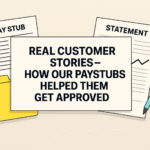
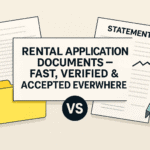

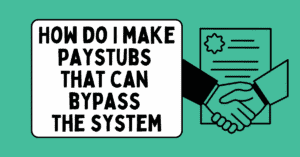

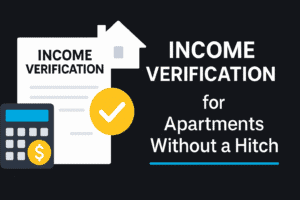
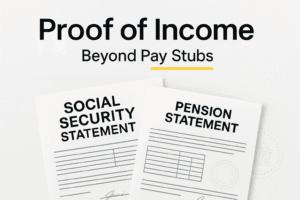
Add comment